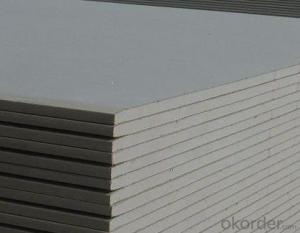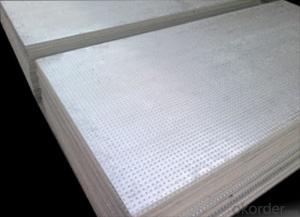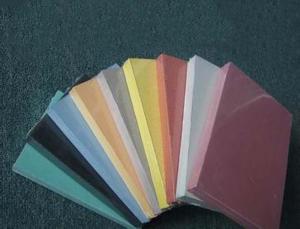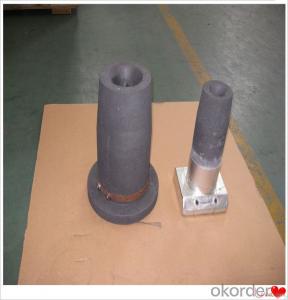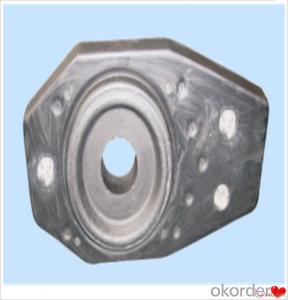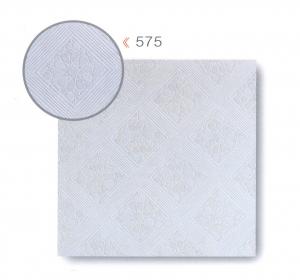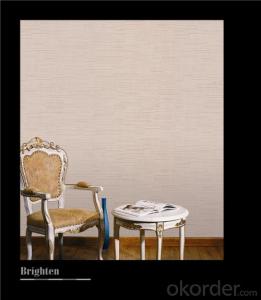Decorative Steel Plate
Decorative Steel Plate Related Searches
Fiber Sheet For Roof Decorative Lights For Ceiling Geogrid For Retaining Wall Waterproofing Additive For Cement Render Wall Spotlight With Plug Stainless Steel Peg Board Stainless Steel Wall Shelves Stainless Steel Wall Decorative Steel Plate Construction Of Solar InverterHot Searches
Used Foam Board Insulation For Sale Bags Of Cement For Sale Types Of Temporary Side Panels For Cement Deck Magnesium Oxide Board For Sale Hdf Board For Sale sintra board for sale Fiber Sheet Price In India Gypsum Board Price Per Sheet In India Fiber Roofing Sheets Price In Pakistan Plastic Fiber Sheet Price 5 8 Type X Gypsum Board Price Twin Wall Polycarbonate Sheet Price Hardiflex Fiber Cement Board Price Gypsum Board Partition Wall Price India Extruded Polystyrene Insulation Board Price Polyurethane Insulation Board Price White Melamine Board Price Black Melamine Board Price Pre Laminated Board Price List Durock Cement Board PriceDecorative Steel Plate Supplier & Manufacturer from China
Okorder.com is a professional Decorative Steel Plate supplier & manufacturer, offers integrated one-stop services including real-time quoting and online cargo tracking. We are funded by CNBM Group, a Fortune 500 enterprise and the largest Decorative Steel Plate firm in China.Hot Products
FAQ
- Intergranular corrosion in stainless steel sheets can be prevented through various methods such as proper selection of stainless steel grade, heat treatment, and appropriate welding techniques. 1. Stainless Steel Grade Selection: Choosing the right stainless steel grade is crucial in preventing intergranular corrosion. Grades with a low carbon content, such as 304L or 316L, are less susceptible to intergranular corrosion compared to higher carbon grades. These low carbon grades minimize the formation of chromium carbide precipitates, which are the main cause of intergranular corrosion. 2. Heat Treatment: Heat treatment processes like solution annealing and quenching can help eliminate or reduce the formation of chromium carbide precipitates. This treatment restores the stainless steel's corrosion resistance by dissolving existing precipitates and promoting the formation of a protective chromium oxide layer on the surface. 3. Welding Techniques: Careful attention must be given to welding stainless steel sheets to prevent intergranular corrosion. Processes like gas tungsten arc welding (GTAW) or laser welding that provide precise control over heat input are preferred. Additionally, using low carbon filler metals or consumables specifically designed for intergranular corrosion resistance can minimize the risk of corrosion. 4. Post-Weld Cleaning and Passivation: After welding, it is essential to thoroughly clean the welded area to remove any contaminants or oxide scales that could promote corrosion. Acid cleaning followed by passivation helps restore the protective oxide layer and enhances the stainless steel's resistance to intergranular corrosion. 5. Avoiding Sensitization: Sensitization occurs when stainless steel is exposed to high temperatures for extended periods, leading to the formation of chromium carbide precipitates. It is crucial to avoid prolonged exposure to temperatures between 450-850°C (842-1562°F) during fabrication or service to prevent sensitization and subsequent intergranular corrosion. By implementing these preventive measures, intergranular corrosion in stainless steel sheets can be effectively minimized, ensuring the longevity and performance of the material in various applications.
- There are several benefits of using textured stainless steel sheets in retail displays. Firstly, textured stainless steel sheets can add a modern and sleek aesthetic to any retail space. The unique texture and reflective properties of stainless steel create an eye-catching display that can attract customers and enhance the overall appearance of the store. This can help in creating a memorable brand image and setting the retail space apart from competitors. Secondly, textured stainless steel sheets are highly durable and long-lasting. Retail displays often endure a significant amount of wear and tear due to constant handling and movement of products. Stainless steel, with its corrosion-resistant properties, can withstand these challenges and maintain its appearance even after prolonged use. This durability ensures that the retail displays remain visually appealing and do not require frequent replacements. Additionally, textured stainless steel sheets are easy to clean and maintain. In a retail setting, it is crucial to have displays that are presentable at all times. Stainless steel is known for its hygienic qualities, as it is resistant to stains, bacteria, and odors. This makes it easier to keep the displays clean and ensures a high level of hygiene in the store. Furthermore, textured stainless steel sheets are versatile and can be customized to fit various retail display needs. They can be easily cut, shaped, and formed into different sizes and designs, allowing for creative freedom in designing displays that align with the brand image and product theme. This versatility makes stainless steel sheets suitable for a wide range of retail environments, from high-end boutiques to industrial-style stores. Lastly, textured stainless steel sheets are environmentally friendly. Stainless steel is a sustainable material as it is 100% recyclable and can be repurposed without losing its quality. By incorporating stainless steel sheets into retail displays, businesses can contribute to reducing their environmental footprint and promote sustainability. In conclusion, the benefits of using textured stainless steel sheets in retail displays include their modern aesthetic, durability, ease of maintenance, versatility, and eco-friendliness. By utilizing these sheets, retailers can enhance their brand image, create visually appealing displays, and provide a positive shopping experience for their customers.
- Indeed, pressure piping benefits greatly from the utilization of stainless steel sheets. Possessing remarkable strength and durability, stainless steel is capable of enduring elevated pressure levels without succumbing to deformation or fracturing. Moreover, this material exhibits exceptional resistance to corrosion, rendering it highly suitable for the conveyance of pressurized fluids or gases in piping systems. Additionally, the ease with which stainless steel sheets can be cleaned and maintained further solidifies their reliability in diverse industries, including oil and gas, chemical, and food processing, where pressure piping applications are prevalent.
- There are multiple methods available for measuring the thickness of stainless steel sheets. One commonly used approach involves the utilization of a caliper, which is a precision measuring tool. By placing the jaws of the caliper on both sides of the sheet and tightening them until contact is made, the thickness can be directly measured. The reading on the caliper will provide an indication of the sheet's thickness. Alternatively, a more accurate method for measuring very thin sheets is through the use of a micrometer, which functions similarly to a caliper. By employing a spindle and anvil, the micrometer can provide precise measurements of thickness. This method is frequently employed in industries where accuracy is of utmost importance, such as manufacturing and engineering. In the absence of a caliper or micrometer, a simple ruler or tape measure can be utilized. Although this method may not provide the same level of accuracy as specialized tools, it can still offer a rough estimate of the thickness. By measuring the height of the sheet, assuming it is uniformly thick, one can infer the sheet's thickness. It is worth noting that the appropriate measurement tool depends on the thickness of the stainless steel sheet. Micrometers and calipers are best suited for measuring thinner sheets, while thicker sheets may require more specialized instruments like ultrasonic thickness gauges. In conclusion, the thickness of stainless steel sheets can be measured using various methods, including calipers, micrometers, rulers, or tape measures. The choice of tool depends on the desired level of accuracy and the thickness of the sheet being measured.
- Stainless steel plate more than the thickness of the wire can not be drawn ah?
- Now all is OK, thick is sanded paper, that grind only, processing cost is high8K can be used in medium plate mill
- Stainless steel sheets have excellent corrosion resistance in saltwater due to their high levels of chromium and nickel, which form a protective oxide layer on the surface. This oxide layer acts as a barrier against the corrosive effects of saltwater, making stainless steel sheets highly resistant to rust and corrosion in marine environments.
- There are several types of stainless steel sheet finishes commonly used for decorative purposes, including brushed, mirror, embossed, and patterned finishes.
- What is the general width range of stainless steel sheet? What are the common widths?
- Standard 3 M2 1220*2440 thickness from 1 to 12. The whole volume is hard to say.

